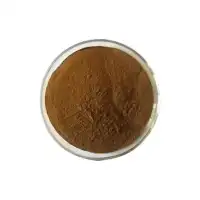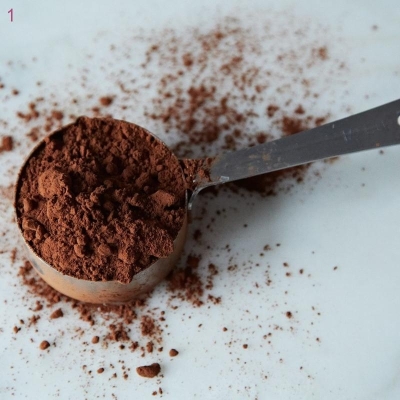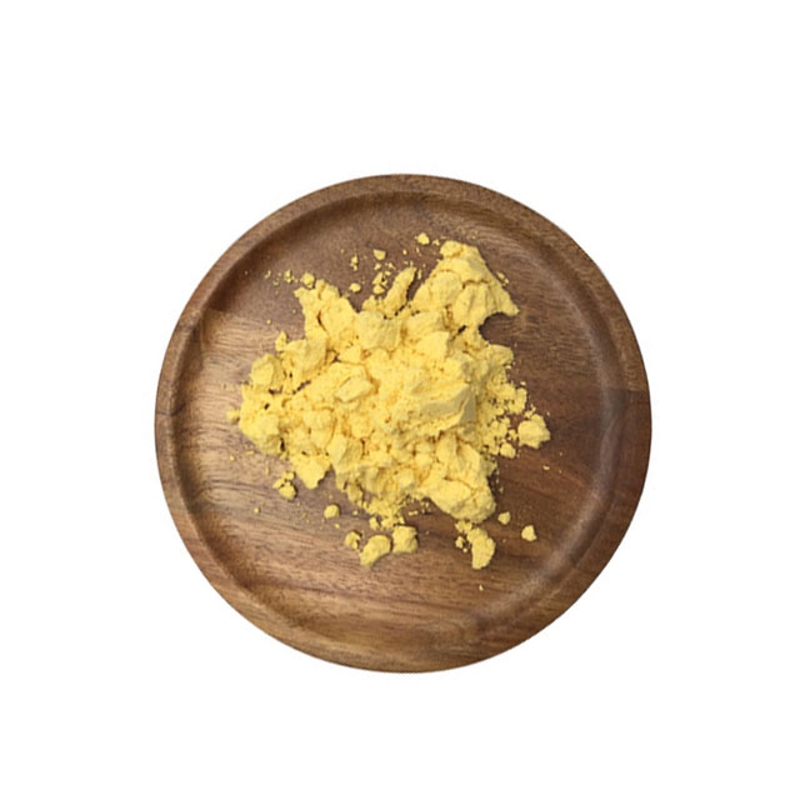-
Categories
-
Pharmaceutical Intermediates
-
Active Pharmaceutical Ingredients
-
Food Additives
- Industrial Coatings
- Agrochemicals
- Dyes and Pigments
- Surfactant
- Flavors and Fragrances
- Chemical Reagents
- Catalyst and Auxiliary
- Natural Products
- Inorganic Chemistry
-
Organic Chemistry
-
Biochemical Engineering
- Analytical Chemistry
- Cosmetic Ingredient
-
Pharmaceutical Intermediates
Promotion
ECHEMI Mall
Wholesale
Weekly Price
Exhibition
News
-
Trade Service
"Principles
<>< >According to the Raoul freezing point drop principle, any solution, if the total number of particles (molecules and ions) dissolved in its unit volume is the same, the value that causes the solution ice point to drop is the same. Any non-electrolyte dissolved in 1000g of water reduces the freezing point of the water from 0C to -1.857C, while the electrolyte of 1mol dissolves in 1000g of water, and its freezing point drops by the amount of the dissoquered ion and the total substance that has not been dissected by 1.857. Therefore, in order to find the number of solute particles in a solution, the freezing point drop value can be measured first, and then calculated according to the formula:
formula, i.e. mass Permeable (through) molar concentration;
-freezing point drop value (C);
1.857-water molar freezing constant.
| solution can be measured using an freezing point osmosis pressure gauge, which measures the freezing point with a high sensitivity temperature sensor and converts it to osmosis molar concentration units (OS mol). Freezing point refers to the temperature at which the solution is solid and liquid in equilibrium. For aqueous solution, in the process of cooling changes from liquid to solid, although the temperature has reached or even below freezing point without freezing phenomenon called "overcooling phenomenon", the liquid in an overcooled state is extremely unstable, any disturbance can "trigger" its immediate crystallization and become solid, releasing "crystallized heat", will make the cold solution in the ice crystal instantly produce a temperature recovery. The above process can be described as an "ice curve". from the icing curve can be seen that the over-cooled solution after the release of heat ice has a period of temperature stability, this more stable temperature is the solution's freezing point, the freezing point permeation pressure meter used in this experiment is based on the measurement of this temperature to find the freezing point of the liquid under test, and the freezing point drop value is converted into permeable molar concentration unit (iC), and the display reading. The permeability potential of the solution can then be calculated according to the formula: ψs=iCRT -in ψs-solution penetration potential, in MPa; (instruments and appliances) FM-4 freezing point Osmosis pressure gauges;centrifuges;centrifuges; < a href"" >"; 30ml syringes; gauze. " 1. Instrument debugging: (1) adds about 40 ml of nonfreeze from the cooling notway to observe the liquid scale (red line) of the instrument until the scale. (2) turns on the cooling water and adjusts the water flow to about 0.5L/min. (3)after coolingwater cycle turn on the power switch, warm up the instrument 20 to 30min. (4) press the zero key, if the number is not "0.000", you can use a screwdriver to adjust the "zeroing" generator, so that the number is "0.000", and the previous "plus", "-" symbol arbitrary, release the zero key, should display a number (regardless of the measurement number). (5) inserts the thermometer into the cooling tank, the minimum temperature of the instrument cooler should generally be adjusted to about -7 to -8 degrees C, the temperature adjustment bolt can be adjusted with a screwdriver, and observe the light behind the liquid surface (the light light is on to cool down).
This article is an English version of an article which is originally in the Chinese language on echemi.com and is provided for information purposes only.
This website makes no representation or warranty of any kind, either expressed or implied, as to the accuracy, completeness ownership or reliability of
the article or any translations thereof. If you have any concerns or complaints relating to the article, please send an email, providing a detailed
description of the concern or complaint, to service@echemi.com. A staff member will contact you within 5 working days. Once verified, infringing content
will be removed immediately.
|







